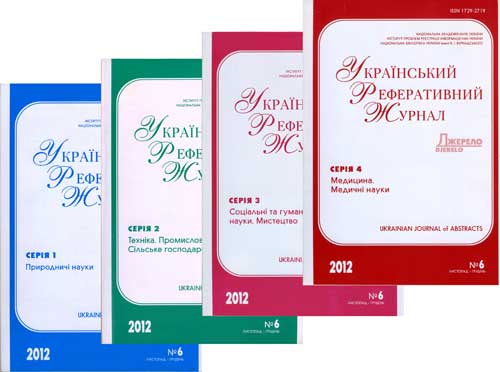РЕФЕРАТИВНА БАЗА ДАНИХ "УКРАЇНІКА НАУКОВА"
Abstract database «Ukrainica Scientific»
Бази даних
Реферативна база даних - результати пошуку
|
|
Пошуковий запит: (<.>ID=REF-0000772793<.>) | |||
|
Загальна кількість знайдених документів : 1 |
|||
Kovalenko V. Investigation of the anodic behavior of W-based superalloy for electrochemical selective treatment = Изучение анодного поведения вольфрамового твердого сплава, с целью электрохимической селективной переработки / V. Kovalenko, V. Kotok // Вост.-Европ. журн. передовых технологий. - 2020. - № 6/12. - С. 55-60. - Бібліогр.: 24 назв. - англ. W-based superalloys are widely used as elements of drilling equipment, high-speed steel cutting tools, or penetrators for armor-piercing munitions. Used or broken superalloy products are valuable waste that can be recycled to recover valuable components. The most economically and technologically viable method for recycling superalloy scrap is a selective treatment with the dissolution of the binder metal and the production of non-oxidized tungsten powder. The aim of this work was to determine the possibility of anodic treatment of the VNZh90 superalloy scrap with the selective dissolution of the binder metal. The anodic behavior of the VNZh90 superalloy (5 % Ni, 5 % Fe, 90 % W) in HCl solutions with a concentration (wt %) of 9, 13, 17, and 30 was studied by voltammetry. It was shown that the anodic polarization curves of the alloy contained two dissolution peaks on a fresh surface (Fe and Ni components of the binder metal) with a further decrease in the current density. The effect of significant passivation of the VNZh90 alloy was revealed: repeated polarization curves in a 9 % HCL solution contained only the Ni dissolution peak with a 6-fold reduced current density. The passivation of the VNZh90 alloy was explained by the depletion of the surface due to the dissolution of the active Fe component and the Ni passivation due to the W dissolution during the formation of a superalloy. An increase in the HCl concentration did not reveal an activating effect. It was found that there was no activation effect when FeCl Індекс рубрикатора НБУВ: К235.11 + К263.06 Рубрики: Шифр НБУВ: Ж24320 Пошук видання у каталогах НБУВ Додаткова інформація про автора(ів) публікації: (cписок формується автоматично, до списку можуть бути включені персоналії з подібними іменами або однофамільці)
| |||
| Національна бібліотека України імені В. І. Вернадського |
 |
| Відділ наукового формування національних реферативних ресурсів |
 |
| Інститут проблем реєстрації інформації НАН України |
Всі права захищені © Національна бібліотека України імені В. І. Вернадського